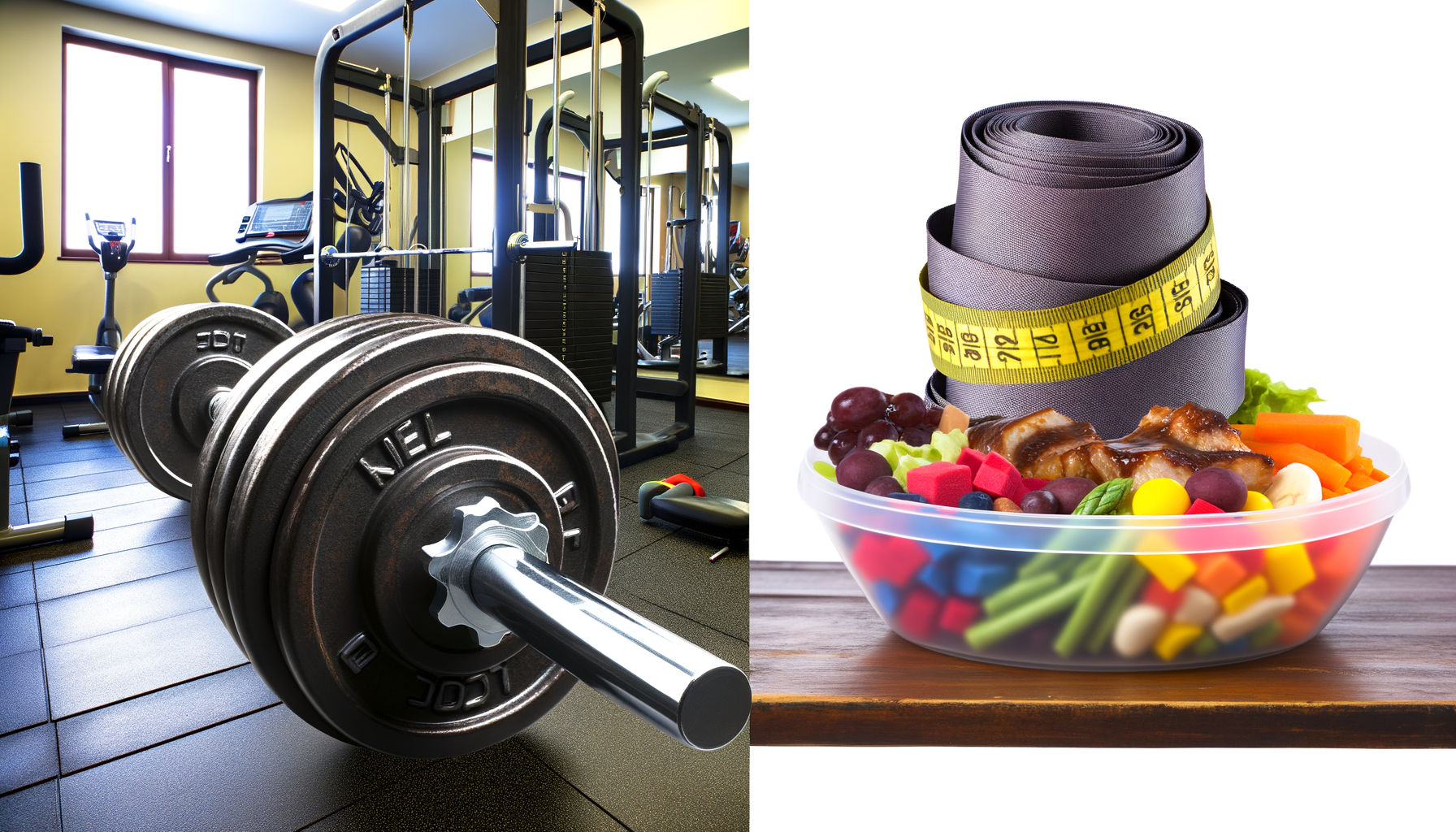Optimizing Nutrition for Strength Athletes: A Comprehensive Guide
For strength athletes, particularly powerlifters and bodybuilders, nutrition plays a critical role in enhancing performance, supporting muscle growth, and aiding recovery. In this detailed guide, we will delve into the intricacies of calorie tracking and macronutrient balancing to help strength athletes achieve their goals.
Understanding the Nutritional Needs of Strength Athletes
Strength and power athletes, such as powerlifters and bodybuilders, have unique nutritional requirements that differ significantly from those of endurance athletes. According to research, these athletes require high total energy and macronutrient intakes, but these intakes are often unremarkable when expressed relative to body mass.
A key aspect of their nutrition is the strategic timing of nutrient intake to maximize fueling and recovery objectives. This includes optimizing carbohydrate availability before, during, and after exercise. For instance, powerlifters typically require a macronutrient breakdown of 5-8 grams per kilogram of body weight of carbohydrates, 1.4-2 grams per kilogram of body weight of protein, and 30% of total calories from fat per day.
Calorie Tracking: Why It Matters
Calorie tracking is crucial for strength athletes to ensure they are meeting their energy needs. Many powerlifters find that they need to consume a significant number of calories, often upwards of 4000 calories per day, to support their training and recovery. However, simply eating a large amount of food is not enough; the quality and timing of these calories are equally important.
Using calorie-counting apps like MacroFactor or MyFitnessPal can help athletes accurately track their calorie intake and adjust their macronutrient distribution accordingly.
Macronutrient Breakdown for Powerlifters
For powerlifters, the macronutrient breakdown is critical for performance and recovery. Here is a general guideline:
- Carbohydrates: 5-8 grams per kilogram of body weight per day.
- Protein: 1.4-2 grams per kilogram of body weight per day.
- Fat: 30% of total daily calories.
These macronutrients should be distributed strategically throughout the day, with particular emphasis on intake before, during, and after exercise to optimize performance and recovery.
Meal Timing and Frequency
Meal timing is another crucial aspect of nutrition for strength athletes. Powerlifters often eat more on harder training days to fuel their higher training demands but refrain from reducing energy intake on rest or easier training days. This approach helps in optimizing body composition and supporting the intense physical demands of powerlifting.
Additionally, powerlifters may adopt flexible dieting approaches, such as If It Fits Your Macros (IIFYM), which allow for more flexibility in their diet while still meeting their macronutrient targets.
Case Studies and Real-World Examples
In real-world scenarios, powerlifters often report significant gains in strength and muscle mass when they adhere to a well-planned diet. For example, a powerlifter who consumes a balanced diet with high protein and carbohydrate intake can experience substantial improvements in their lifts and overall body composition.
A study on competitive powerlifters found that most athletes follow a specific diet long-term, with IIFYM/flexible dieting being the most common approach. This approach allows athletes to tailor their energy intake based on their training demands and competitive phases.
Common Mistakes and Misconceptions
One common misconception among strength athletes is that they can eat whatever they want as long as they are lifting heavy. However, this is far from the truth. While powerlifters may have higher calorie requirements, it is still important for them to eat nutritious foods to support their performance and recovery.
Another mistake is neglecting the importance of calorie tracking. Many athletes underestimate their calorie needs or overestimate their intake, leading to suboptimal performance and recovery.
Tools and Resources for Effective Calorie Tracking
To effectively track calories and macronutrients, strength athletes can use various tools and resources. Here are a few recommendations:
- Calorie Calculator Cloud: A comprehensive tool for calculating calorie needs based on individual goals and activity levels.
- Calorie Calculator Plans: Offers different plans to suit various nutritional needs and goals.
- Mobile apps like MacroFactor and MyFitnessPal for tracking macronutrients and calories.
Conclusion and Next Steps
In conclusion, calorie tracking and proper macronutrient balancing are essential for strength athletes to optimize their performance, support muscle growth, and aid recovery. By understanding their specific nutritional needs, using the right tools, and avoiding common mistakes, powerlifters and bodybuilders can achieve their goals more effectively.
If you are a strength athlete looking to enhance your nutrition strategy, consider using Calorie Calculator Cloud to determine your calorie needs and Calorie Calculator Plans to tailor your diet to your specific goals. Remember, a well-planned diet is as crucial as your training regimen in achieving success in strength sports.








